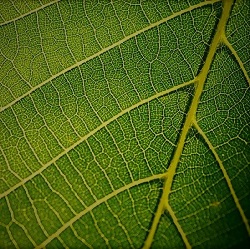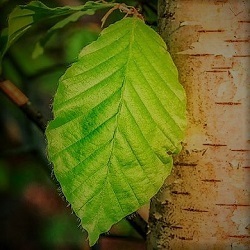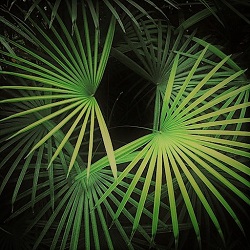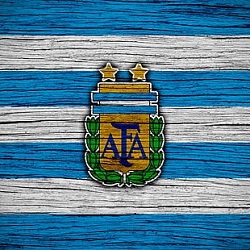LEAF- SIMPLE AND COMPOUND
The leaf is green in colour and performs the functions such as photosynthesis, dissimilar exogenous lateral outgrowth which is borne on the node of a stem. A thin expanded structure that bears a bud in its axil. The leaf is green because it contains a pigment called chlorophyll.
The lamina or leaf blade or epipodium, the terminal thin green, expanded and the conspicuous part that performs the functions such as photosynthesis, gaseous exchange, transpiration and other metabolic activities. The lamina is supported by veins and veinlets which are rich in vascular tissues. The lamina has various types of incisions. The word incision means’ to make a cut’. The pattern of the incision depends upon venation i.e the arrangement of veins and veinlets in a leaf. Now the venation is of two types- Unicostate, the incision of lamina progress down to midrib. Multicostate, the incision of lamina towards the midrib. The incision is never complete in a simple leaf. The term foliage is used for all the green leaves present in a plant. The leaves are of two types- The Simple and The Compound. A leaf is said to be simple when it has a single and undivided lamina. On the contrary, in compound leaf, the lamina is divided into distinct segments or leaflets which are separately articulated at the base. Each leaflet is also called Pinnae or Pinnules. The base to which the leaflets are attached is also called as Rachis.
TYPES OF SIMPLE LEAVES
- PINNATIFID AND PALMATIFID– The word ‘fid’ means two halves. When the incision is less than halfway from the margin of the midrib or base.
- PINNATIPARTITE AND PALMATIPARITE– The word ‘partite’ means more than half. When the incision reaches halfway from the margin to midrib or base.
- PINNATISECT AND PALMATISECT– The word ‘sect’ means near the base. When the incision reaches almost the up to midrib or base.
In a compound leaf, the lamina is divided into distinct segments or leaflets which are separately articulated at the base (rachis). Each leaflet has a base, stalk and blade. The leaflets are also called as Pinnae or Pinnules. The leaflet is different from a leaf, in former the basal stipules, axillary bud and origin from the same plain is absent. The axillary bud means the buds that occur in the axial of leaves. Example Sun Flower. Basal stipules are the basal appendage of a typical leaf of a flowering plant. The stipules mean two lateral outgrowths of the leaf base which protect the young leaf and its axillary bud in the young stage.
TYPES OF COMPOUND LEAVES
The compound leaves are of two types. Pinnate compound leaves and Palmate compound leaves. In the former, the leaves have feather-like venation whereas in latter the leaves have venation similar to that of hand.
- PINNATE COMPOUND LEAVES– The leaflets are borne laterally on an elongated axis. It may represent the midrib or lateral veins of a simple leaf. It is of following types.
- UNIPINNATE– The leaflets are directly borne at rachis. Opposite or sub opposite. It is of two types
- PARIPINNATE– Leaf with even number of leaflets.Example-Tamarindus indica.
- IMPARIPINNATE– Leaf with odd number of leaflets. Example- Melia azadirachta.
- BIPINNATE– The pinnae are dissected again into pinnules. Example- Mimosa pudica.
- TRIPINNATE– When a leaf is thrice pinnate. Example-Moringa.
- DECOMPOUND– In this type, the leaf is more than thrice pinnate. Example-Coriander.
- UNIPINNATE– The leaflets are directly borne at rachis. Opposite or sub opposite. It is of two types
- PALMATE COMPOUND LEAVES– The individual leaflets radiate in a digitate pattern (digitate- leaflets in form of a spread form) from a very short rachis. The leaf may be petiolate or sessile. A petiole or leaf stalk is a cylindrical structure of a leaf which joins the lamina to the base. A leaf with a petiole is called petiolate and the one without it is called sessile. It is of following types.
- UNIFOLIATE– Leaf is reduced to a single terminal leaflet. Example-Lemon.
- BIFOLIATE– Leaf has only two leaflets attached side by side at the terminal end of the petiole. Example- Balanites roxburghii.
- QUADRIFOLIATE– Leaf has four leaflets attached to the tip of the petiole. Example-Paris quadrifolia.
- MULTIFOLIATE– Leaf having five or more terminal leaflets arranged as fingers of the palm. Example-Bombax malabarica.








